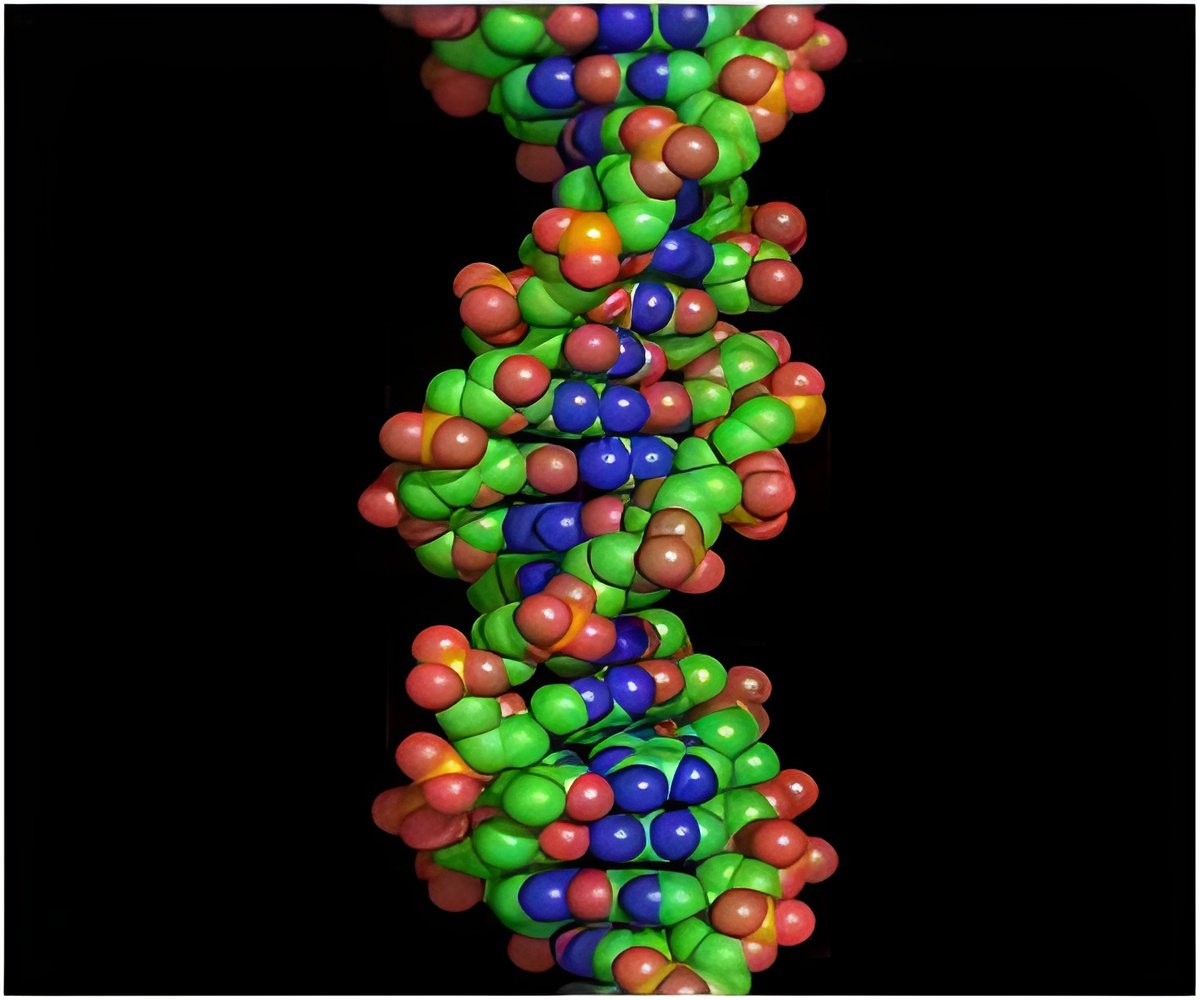
Further research showed the gene transfer appears to be a recent evolutionary event.
The discovery offers insight into evolution as well as gonorrhea's nimble ability to continually adapt and survive in its human hosts. Gonorrhea, which is transmitted through sexual contact, is one of the oldest recorded diseases and one of a few exclusive to humans.
It's known that gene transfer occurs between different bacteria and even between bacteria and yeast cells.
"But human DNA to a bacterium is a very large jump," said lead author Mark Anderson, a postdoctoral fellow in microbiology.
"This bacterium had to overcome several obstacles in order to acquire this DNA sequence."
Advertisement
In Seifert's Feinberg lab, Anderson sequenced the fragment to reconfirm it was indeed identical to the human one. He also showed that this human sequence is present in about 11 percent of the screened gonorrhea isolates.
Advertisement
Source-ANI









